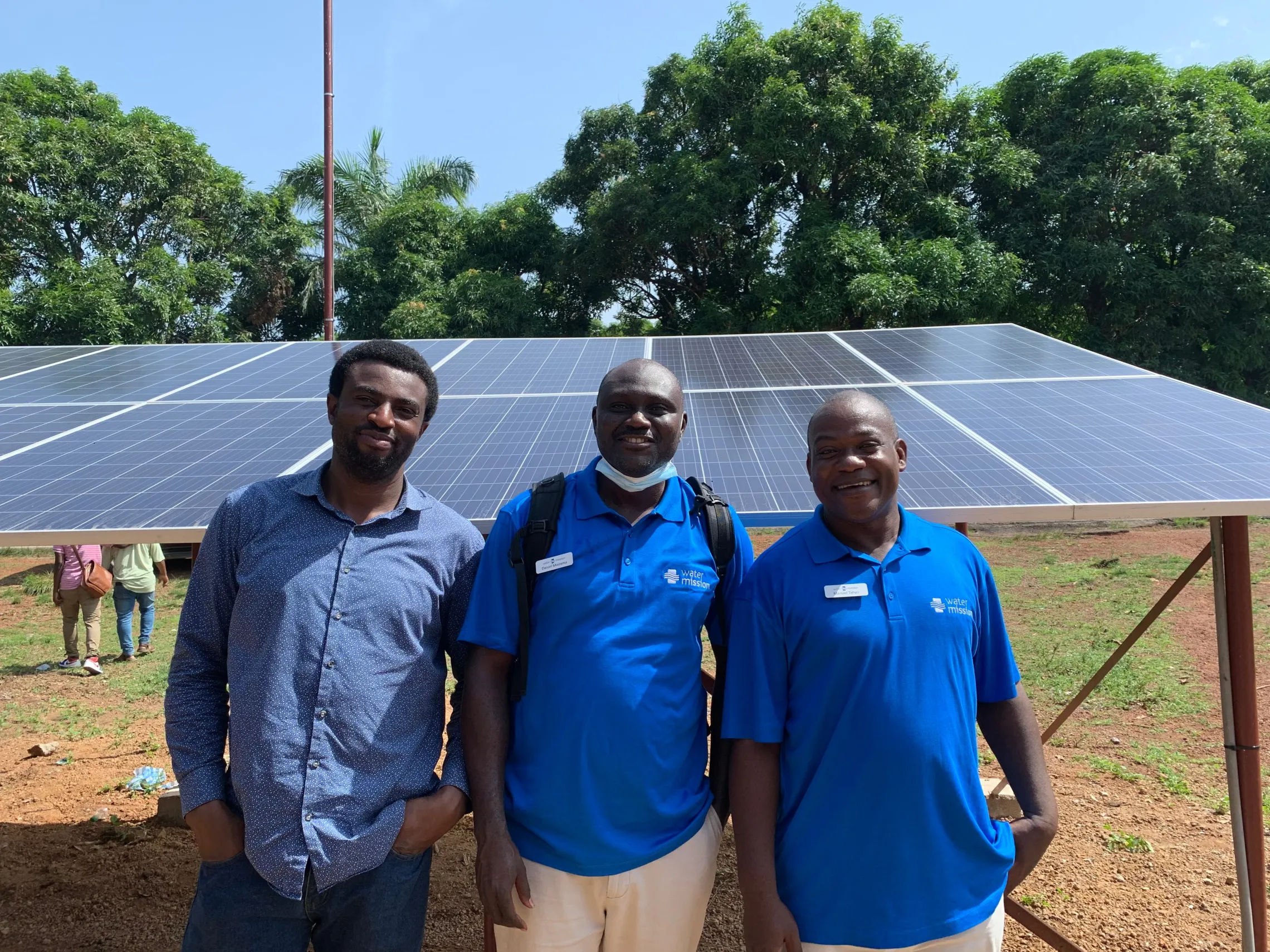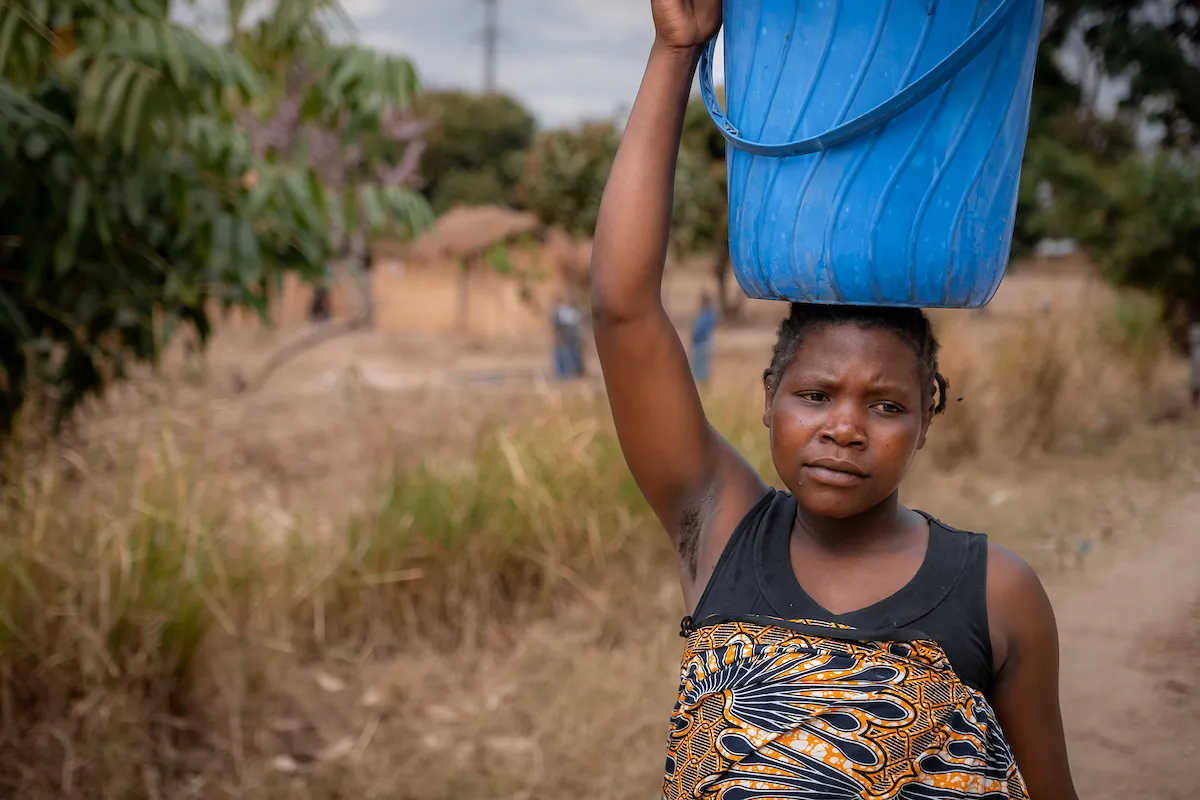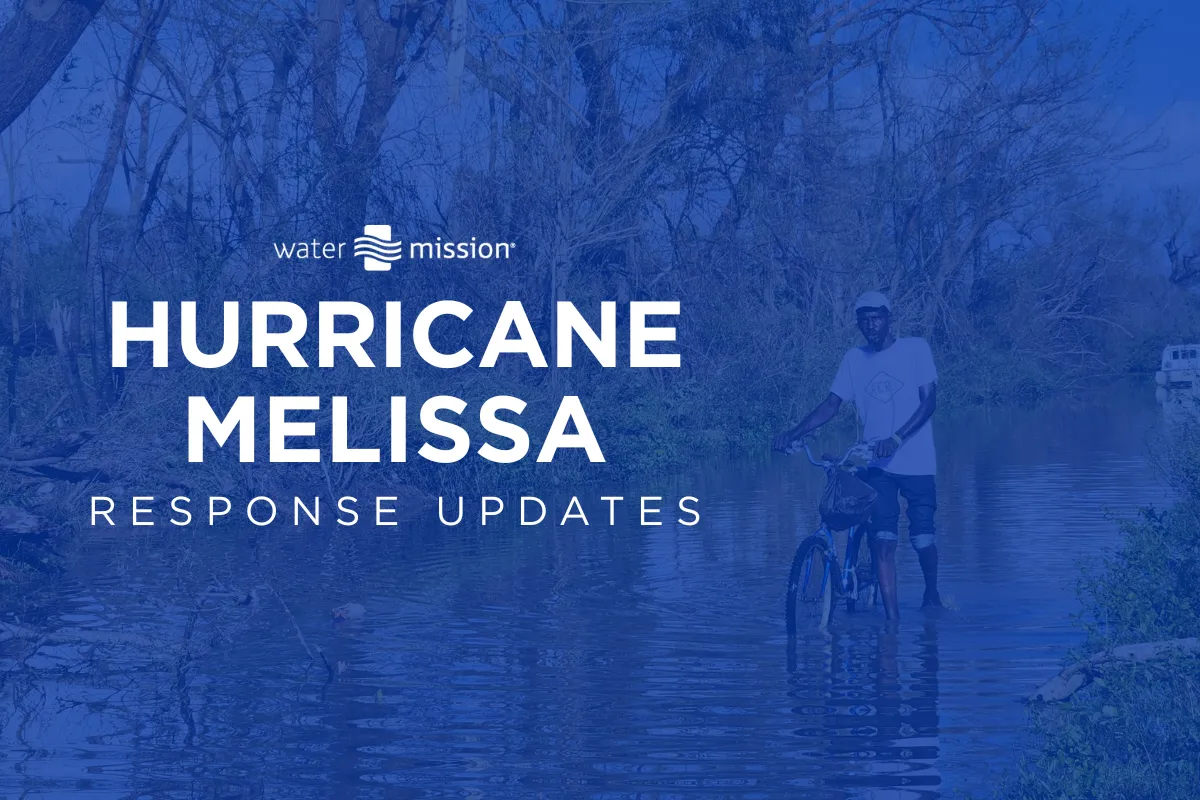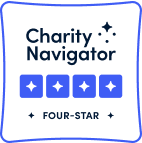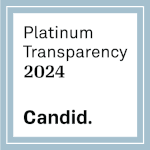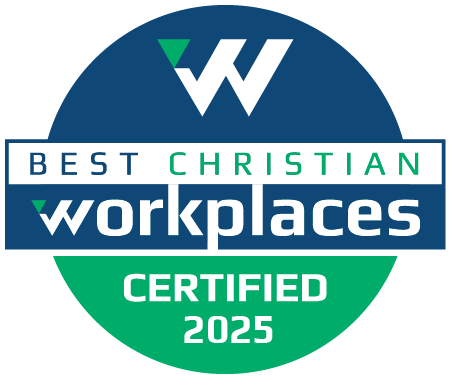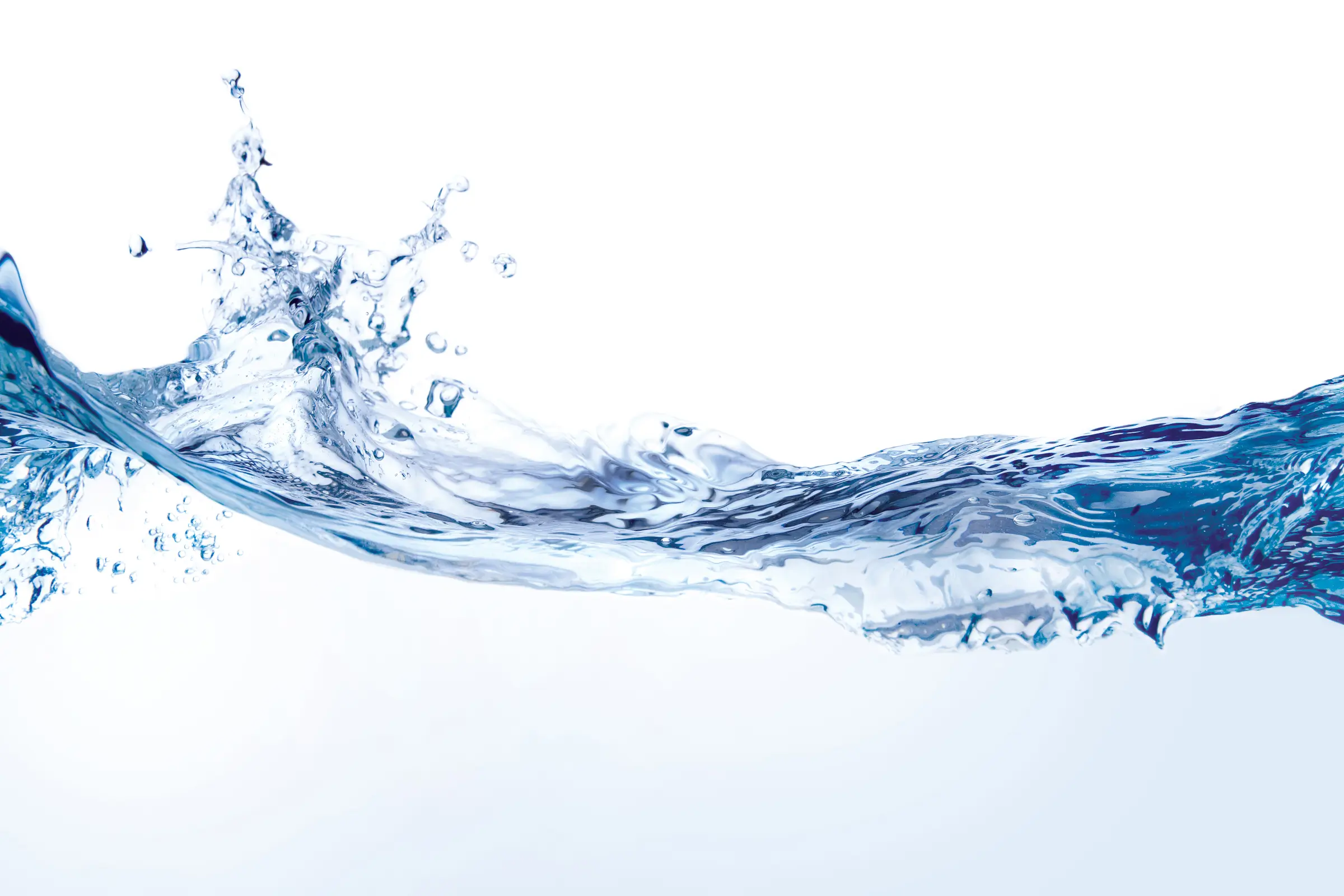Remote Monitoring
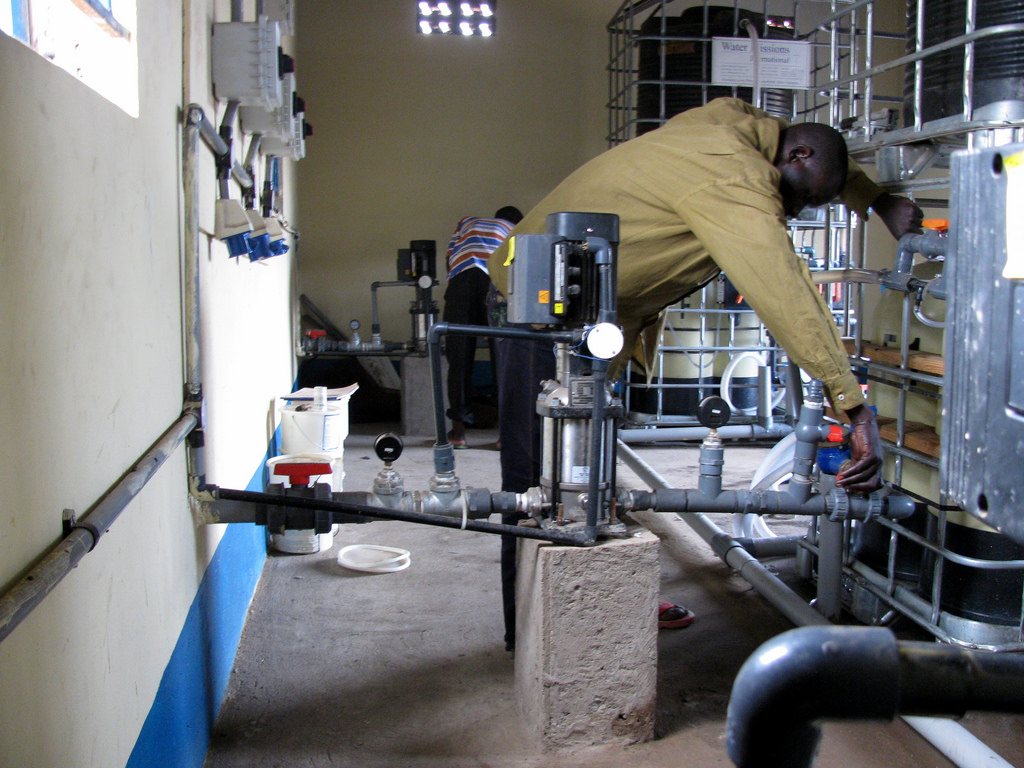 Operators check the safe water system in a Ugandan community project.
Our staff can’t personally check each project every day, so we frequently use one of two kinds of remote monitoring equipment to make sure our systems are supplying much-needed safe water. The first type of monitoring works by using a text message based reporting system. The system operator sends a text message with the amount of chlorine and the water meter reading to a special telephone number. The data automatically gets entered into an information database that tracks all of the information and presents it in a graph.
The second type of remote monitoring is performed by an automatic water meter reading system. This piece of equipment takes daily readings of the water meter and sends the information through cell phone networks to a server at our international headquarters. The data gets processed into a graph similar to that produced by the first kind of remote monitoring system.
Operators check the safe water system in a Ugandan community project.
Our staff can’t personally check each project every day, so we frequently use one of two kinds of remote monitoring equipment to make sure our systems are supplying much-needed safe water. The first type of monitoring works by using a text message based reporting system. The system operator sends a text message with the amount of chlorine and the water meter reading to a special telephone number. The data automatically gets entered into an information database that tracks all of the information and presents it in a graph.
The second type of remote monitoring is performed by an automatic water meter reading system. This piece of equipment takes daily readings of the water meter and sends the information through cell phone networks to a server at our international headquarters. The data gets processed into a graph similar to that produced by the first kind of remote monitoring system.
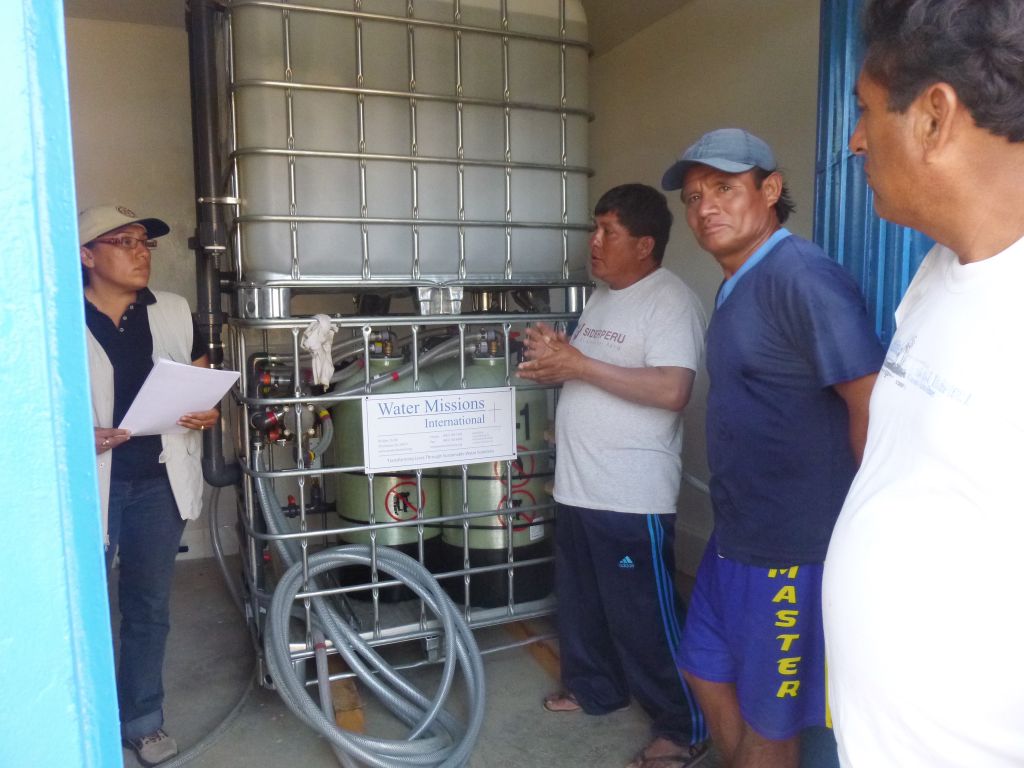 Our goal is for the community to be equipped to operate their own system with Water Missions International as a resource for help.
Our engineers take these graphs and use them to track the success of a safe water solution. The data can tell our project engineers how many people are using water from the system every day, as well as whether or not the water meets the standards necessary to be classified as safe. If there’s a sudden decrease in how many people are collecting water, or if chlorine levels are off, our engineers know there is a problem with the system and can arrange for in-country program staff to visit the community.
Remote monitoring allows us to spot potential problems as soon as they arise and make sure that each community gets the safe water solution they deserve. As we continue to track the progress of each system, we can continually improve our training methods and quality standards based on the successes and hiccups in our previous solutions. Remote monitoring is one of the strategies that Water Missions International has I place to ensure that the safe water access we provide is not just for now, but forever.
Our goal is for the community to be equipped to operate their own system with Water Missions International as a resource for help.
Our engineers take these graphs and use them to track the success of a safe water solution. The data can tell our project engineers how many people are using water from the system every day, as well as whether or not the water meets the standards necessary to be classified as safe. If there’s a sudden decrease in how many people are collecting water, or if chlorine levels are off, our engineers know there is a problem with the system and can arrange for in-country program staff to visit the community.
Remote monitoring allows us to spot potential problems as soon as they arise and make sure that each community gets the safe water solution they deserve. As we continue to track the progress of each system, we can continually improve our training methods and quality standards based on the successes and hiccups in our previous solutions. Remote monitoring is one of the strategies that Water Missions International has I place to ensure that the safe water access we provide is not just for now, but forever.
Related Impact Stories

